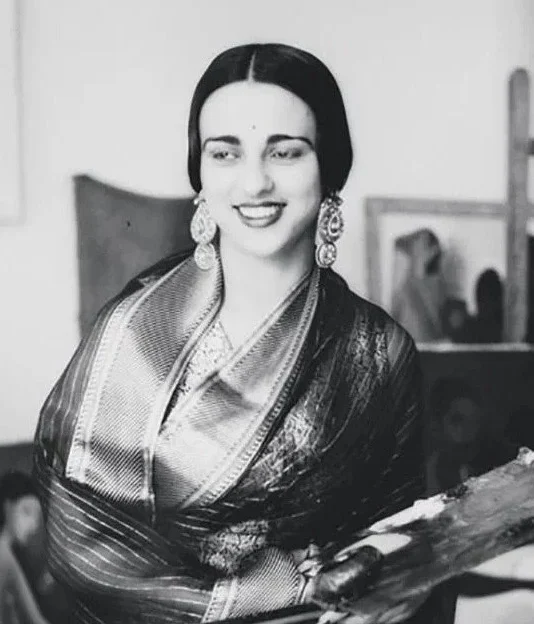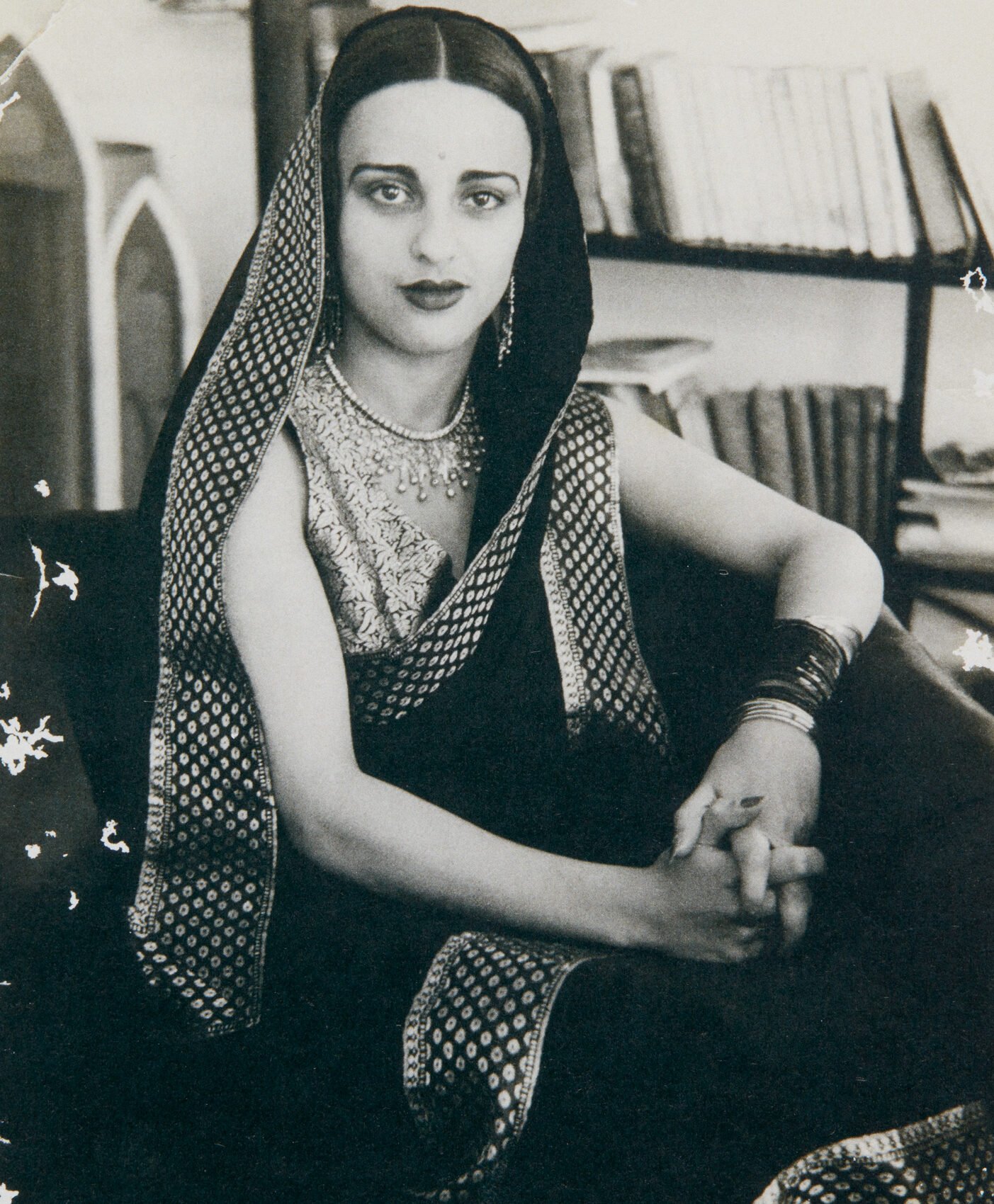Amrita Sher-Gil’s artistic style uniquely fused European modernist techniques with traditional Indian aesthetics. Influenced by the Ajanta frescoes, her works featured vibrant colors, flat planes, and bold outlines.
She often depicted rural Indian women, capturing their emotions and resilience in a patriarchal society. Sher-Gil’s paintings highlighted their daily lives with depth and sensitivity, serving as a powerful commentary on their experiences. Beyond rural life, her self-portraits reflected introspection and the complexities of her dual heritage. Marked by a sense of melancholy, they explored themes of identity, belonging, and cultural influence.
Sher-Gil’s innovative approach redefined Indian art, blending Western techniques with Indian themes to create a distinct modernist style. Her work resonated both in India and abroad, making her a trailblazer in modern art. Through her synthesis of styles, she not only showcased her artistic brilliance but also celebrated India’s rich cultural heritage.





